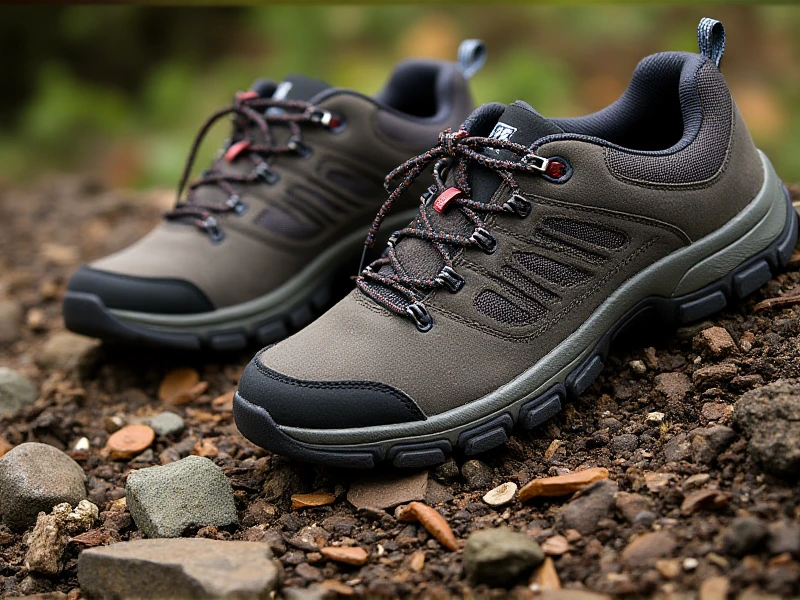Your Trail-Ready Guide to Choosing the Best Women's Hiking Shoes

Finding the perfect pair of women's hiking shoes can feel overwhelming. Lightweight trail runners? Sturdy waterproof boots? The right choice empowers you to tackle miles with confidence, comfort, and blister-free bliss. Here’s your essential guide to finding your ideal trail companions.
Why Dedicated Women's Hiking Shoes Matter:
Don't underestimate the importance of specialized footwear. Hiking puts unique stresses on your feet like uneven terrain, shifting rocks, wet surfaces, and prolonged impact. Hiking-specific women's hiking shoes are engineered for this:
- Superior Traction: Aggressive, multi-directional rubber lugs grip loose dirt, wet rocks, and muddy trails far better than regular sneakers.
- Protection & Stability: Rock plates shield your soles from sharp objects, while supportive midsoles and often slightly stiffer construction stabilize ankles and prevent rolling on uneven ground.
- Durability: Constructed from tough yet breathable synthetic meshes, leather, or nubuck, they withstand abrasion from roots and rocks much longer than everyday shoes.
- Essential Waterproofing (When Needed): Options featuring membranes like GORE-TEX® keep feet dry in wet grass, streams, and rain – a game-changer for many conditions. Remember: fully waterproof women's hiking shoes can be less breathable on hot, dry days.
Key Features to Consider:
-
Fit is Paramount: Getting the right size and shape is non-negotiable. Your feet likely swell during hiking. Visit a reputable outdoor shop later in the day when your feet are largest. Aim for:
- A snug heel to prevent slippage and blisters.
- Enough room (roughly a thumbnail's width) to wiggle toes freely.
- Width that comfortably accommodates your foot without constriction or excess movement.
- Test shoes on an incline/decline board if possible.
-
Trail Type & Terrain:
- Well-Maintained Trails: Lightweight hiking shoes or trail runners offer agility and breathability.
- Rocky, Uneven Paths: Sturdier hiking shoes or mid-height boots provide more stability and underfoot protection.
- Heavy Loads or Rough Terrain: High-cut hiking boots offer maximum ankle support.
- Known Wet Conditons: Prioritize waterproof women's hiking shoes.
-
Materials Matter:
- Synthetic Mesh: Lightweight, fast-drying, highly breathable (great for warmer weather).
- Leather/Nubuck: Highly durable, naturally water-resistant (treat them!), excellent for ankle-supporting boots. Often heavier.
- Waterproof Membranes: Essential for consistent wet conditions. Ensure the shoe features high-quality waterproof/breathable technology.
-
Sole Technology: Look for Vibram® or proprietary rubber compounds known for their exceptional grip and durability. Deeper, multi-directional lugs offer superior traction in mud and loose scree.
Top Tips for Your Selection:
- Wear your hiking socks: Bring the exact sock thickness you'll use on the trail.
- Stash insoles: If you use custom orthotics or specific insoles, try them in the new shoes.
- Break them in: Never embark on a long hike in brand-new women's hiking shoes. Wear them extensively around town first!
Investing time in selecting the right women's hiking shoes is investing in your outdoor enjoyment. Comfort, support, and grip prevent fatigue, injuries, and frustration, transforming that challenging climb into pure exhilaration. Your perfect pair awaits – get ready to conquer the trail, one confident step at a time!